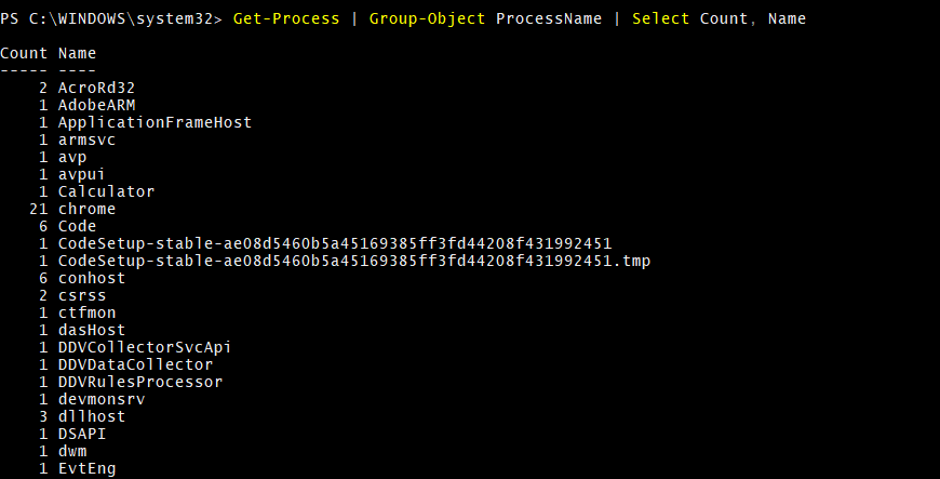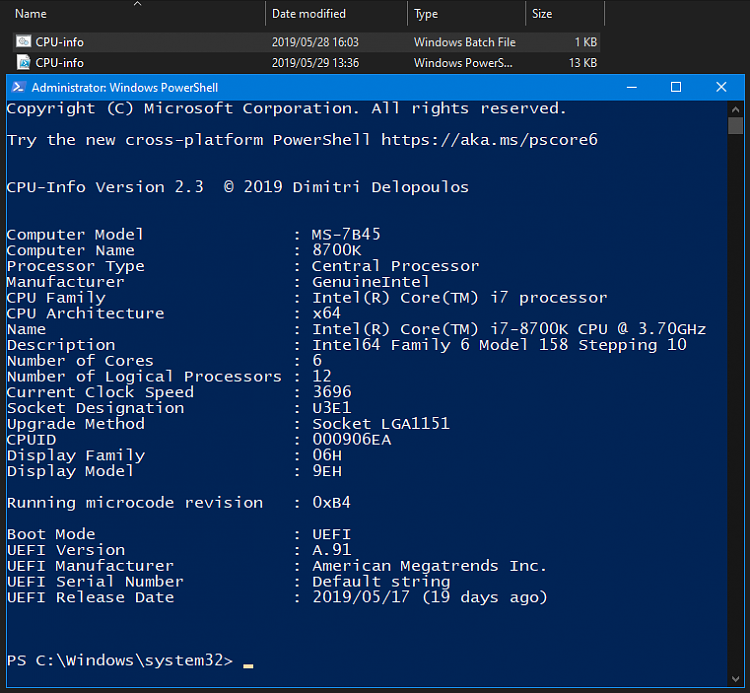

Trigger: Every 5 minutes Action: Get Windows service state Bad State: Not running Good State: Running Output: Send an email to administrator Server Monitor #2 What are some example elements in play here? Server Monitor #1 It needs to have a specific Windows service running, and it always needs to always Let’s say I have a web server that needs to be up 24/7. To demonstrate how to create simple server monitors in PowerShell, let’s pick a couple of examples. To build a great server monitor of any kind, not just PowerShell, all of these elements must be incorporated into the tool in some way. The administrator notifying them of the threshold. A monitoring script of any sort has five elements a trigger, an action, a known good state, a known bad state and optionally an output of some kind.įor example, a trigger could be a specific time, the action may be to send an ICMP request to the server, the known good state would be if it responds, the known bad state would be if it does not respond and the output might be sending an email to

You’ll also learn a lot more about PowerShell scripting in the process which is always a good thing!īefore we can start building code, we must first determine how we’re going to build this tool. Tool is no simple task and will require effort, but you’ll soon see that by using PowerShell scripts and some determination, you’ll be able to forego spending thousands of dollars on a product and, eventually, have some monitors that workĮxactly to your specification.
None of these off-the-shelf tools are built with your company’s unique requirements in mind. All of these tools work, but all are built with the generic user in mind. When you need to ensure a server stays online with all of the required services running there are lots of different tools to make this happen both big and small. All blogs are posted under AGP元.Want to keep an eye on how your servers are doing? Here's a guide on using PowerShell to get yourself started in the right direction. $ExpectedApplication = "vmms" $NotAllowedApplication = "Teamviewer" $CompareToPrevious = $true $Connections = Get-NetTCPConnection | Where-Object Īnd that’s it! as always, Happy PowerShelling.


 0 kommentar(er)
0 kommentar(er)
